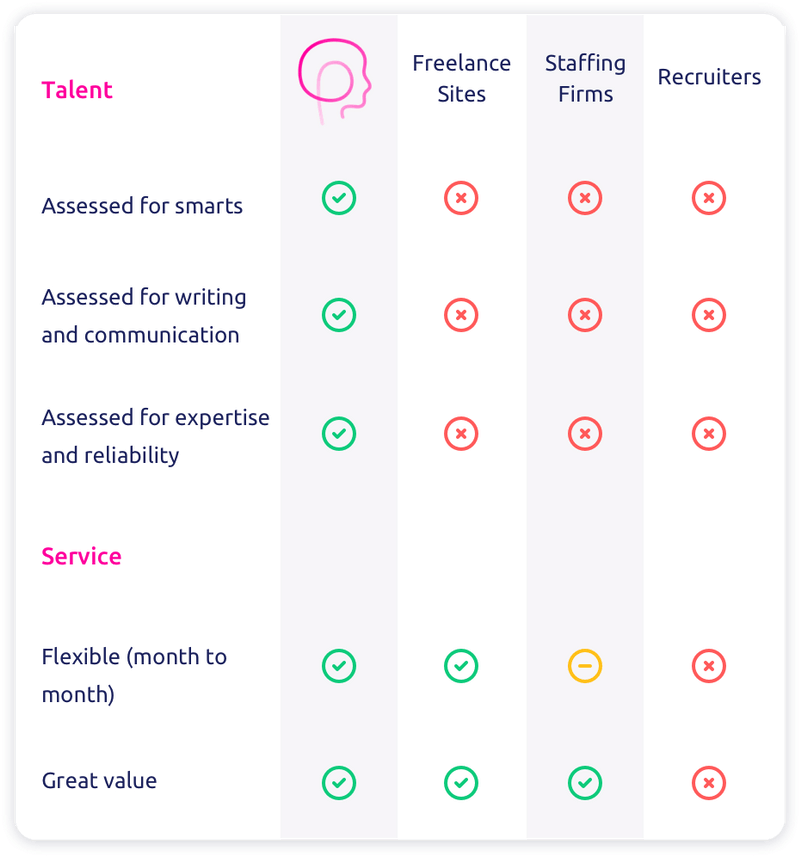What Is Succession Planning?
Succession planning refers to the process of identifying and developing employees within an organization who have the potential to fill key leadership positions in the future. It involves creating a talent pipeline to ensure that the organization has a smooth transition when key leaders retire, resign, or move on to other opportunities.
Succession planning is an important strategy for organizations to ensure continuity and stability in their leadership. It helps to mitigate the risk of disruption that can occur when a key leader departs, and it also helps to retain top talent by providing opportunities for career growth and development.
Succession planning typically involves identifying high-potential employees, providing them with training and development opportunities, and creating a plan for their advancement within the organization. This can include job rotations, mentoring, coaching, and other types of development programs.
Succession planning is particularly important in industries where there is a high demand for skilled workers, such as healthcare, technology, and finance. In these industries, competition for top talent can be fierce, and organizations that do not have a strong succession plan in place may struggle to retain their best employees.
Why is succession planning important?
Succession planning is important for several reasons. It ensures that a company has a plan in place for the future, including identifying and developing talent within the organization. It also helps to minimize disruptions and maintain continuity when key employees leave, retire, or are promoted. Additionally, succession planning can help to increase employee engagement and retention, as it shows that the company is invested in their development and growth.
What are the key components of a succession plan?
A succession plan typically includes several key components. These may include identifying key positions within the organization, assessing current talent and potential future leaders, creating development plans for high-potential employees, and establishing a timeline for transitions. It may also involve creating contingency plans in the event of unexpected departures or changes in leadership.
Succession Planning Dos And Donts
Dos
- Identify key positions and potential successors
- Develop a clear succession plan that includes timelines and goals
- Provide training and development opportunities for potential successors
- Communicate the succession plan to all stakeholders
- Regularly review and update the succession plan as needed
Donts
- Don’t wait until a key employee leaves to start succession planning
- Don’t limit potential successors based on seniority or tenure alone
- Don’t assume that the best candidate for a position is always the most experienced
- Don’t neglect to involve current employees in the succession planning process
- Don’t forget to consider the company culture and values when selecting potential successors

